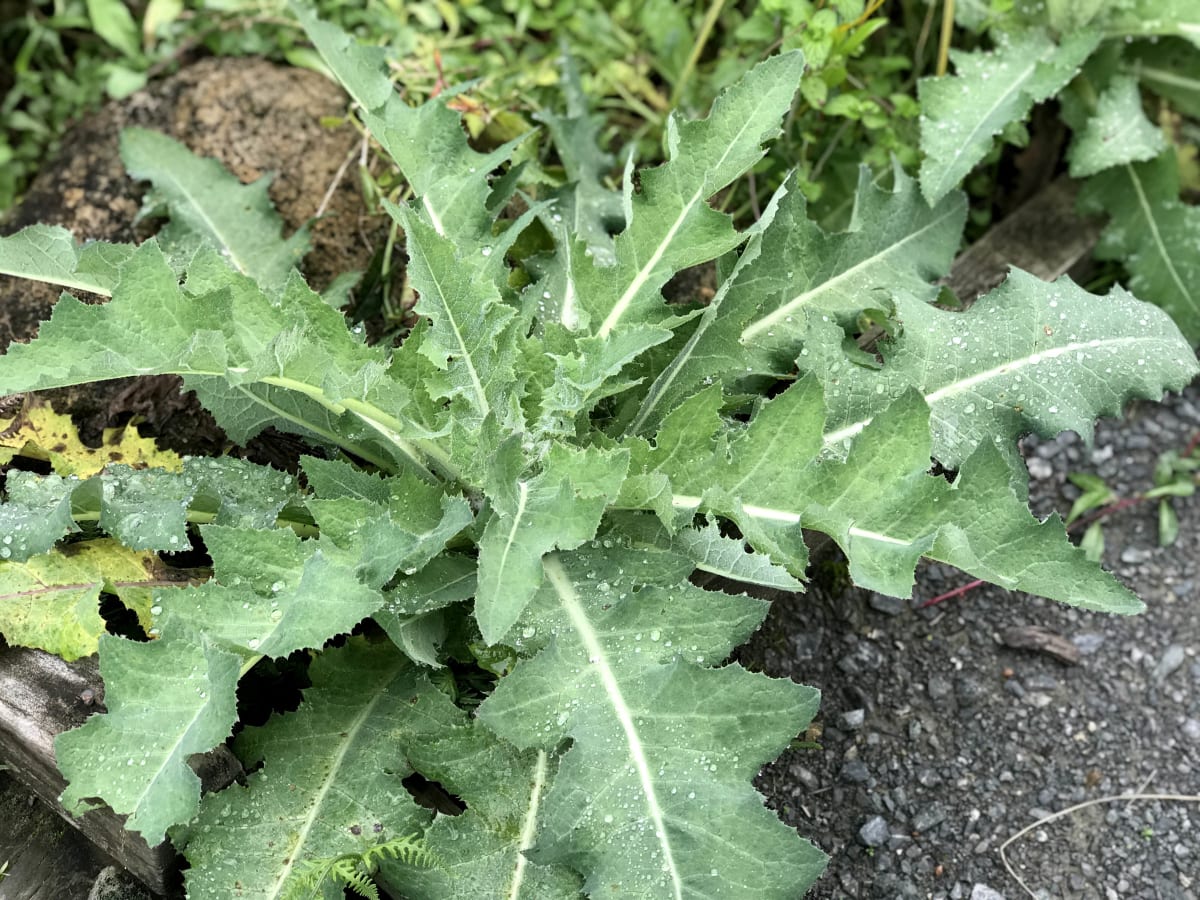
What is P?h?? P?h?, also known as sow thistle, is a leafy green vegetable native to New Zealand. It's a staple in traditional M?ori cuisine and has been used for centuries. This wild plant thrives in various environments, from gardens to roadsides. Why is P?h? special? It's packed with nutrients like vitamins A and C, calcium, and iron. The leaves can be eaten raw in salads or cooked in stews and soups. How does it taste? P?h? has a slightly bitter, peppery flavor that mellows when cooked. Is it easy to grow? Yes, it grows quickly and requires minimal care.
Key Takeaways:
- Pūhā, also known as sow thistle, is a wild green packed with nutrients and holds cultural significance for the Māori people. It can be used in various dishes, from traditional boil-ups to salads and soups.
- Pūhā is a resilient and versatile plant with edible flowers, multiple varieties, and medicinal uses. It's easy to grow and harvest, making it a sustainable and nutritious addition to any diet.
What is P?h??
P?h?, also known as sow thistle, is a leafy green vegetable native to New Zealand. It holds a special place in M?ori culture and cuisine. Let's dive into some fascinating facts about this unique plant.
-
P?h? is a Wild Green
P?h? grows wild in New Zealand and is often foraged rather than cultivated. It can be found in fields, gardens, and even along roadsides. -
Rich in Nutrients
This leafy green is packed with vitamins and minerals. It contains high levels of vitamin C, vitamin A, and iron, making it a nutritious addition to any diet. -
Traditional M?ori Food
P?h? has been a staple in M?ori cuisine for centuries. It is often boiled and served with meat, particularly pork, to create a traditional dish called "boil-up."
How is P?h? Used in Cooking?
P?h? is versatile and can be used in various dishes. Its slightly bitter taste adds a unique flavor to meals.
-
Boil-Up
The most common way to prepare p?h? is in a boil-up. This dish combines p?h? with pork, potatoes, and other vegetables, all boiled together in a pot. -
Salads
Young p?h? leaves can be eaten raw in salads. They add a slightly bitter, peppery flavor that pairs well with other greens. -
Soups and Stews
P?h? can be added to soups and stews for extra nutrition and flavor. It wilts down like spinach, making it a great addition to many recipes.
Cultural Significance of P?h?
P?h? is more than just a food source; it holds cultural importance for the M?ori people.
-
Symbol of Resilience
P?h? is often seen as a symbol of resilience and adaptability. It grows in a variety of environments and can thrive in less-than-ideal conditions. -
Medicinal Uses
Traditionally, p?h? has been used for its medicinal properties. It is believed to have anti-inflammatory and digestive benefits. -
Rituals and Ceremonies
P?h? is sometimes used in M?ori rituals and ceremonies. It is considered a gift from the land and is treated with respect.
Interesting Facts About P?h?
There are many intriguing aspects of p?h? that make it a fascinating plant.
-
Edible Flowers
Not just the leaves, but the flowers of the p?h? plant are also edible. They can be used as a garnish or added to salads. -
Multiple Varieties
There are several varieties of p?h?, each with slightly different characteristics. Some have spiky leaves, while others are smoother. -
Global Relatives
P?h? is related to other plants in the Asteraceae family, such as dandelions and lettuce. This makes it part of a large and diverse plant family.
Growing and Harvesting P?h?
For those interested in growing their own p?h?, here are some tips.
-
Easy to Grow
P?h? is relatively easy to grow. It prefers well-drained soil and can thrive in both sunny and partially shaded areas. -
Harvesting Tips
When harvesting p?h?, it's best to pick the young, tender leaves. Older leaves can be tougher and more bitter. -
Sustainable Foraging
If foraging for wild p?h?, it's important to do so sustainably. Only take what you need and ensure the plant can continue to grow and reproduce.
P?h?: A Hidden Gem
P?h?, often overlooked, holds a treasure trove of fascinating facts. This wild green, native to New Zealand, isn't just a plant; it's a cultural icon. Rich in vitamins and minerals, p?h? has been a staple in M?ori cuisine for centuries. Its unique taste, slightly bitter yet refreshing, makes it a versatile ingredient in various dishes. Beyond its culinary uses, p?h? also boasts medicinal properties, traditionally used to treat ailments like colds and digestive issues.
Despite its humble appearance, p?h? plays a significant role in New Zealand's biodiversity. It thrives in diverse environments, from riverbanks to urban gardens. This resilient plant symbolizes the connection between the land and its people, reflecting a deep respect for nature.
So next time you come across p?h?, remember it's more than just a weed. It's a piece of history, culture, and health wrapped in green leaves.
Frequently Asked Questions
Was this page helpful?
Our commitment to delivering trustworthy and engaging content is at the heart of what we do. Each fact on our site is contributed by real users like you, bringing a wealth of diverse insights and information. To ensure the highest standards of accuracy and reliability, our dedicated editors meticulously review each submission. This process guarantees that the facts we share are not only fascinating but also credible. Trust in our commitment to quality and authenticity as you explore and learn with us.


